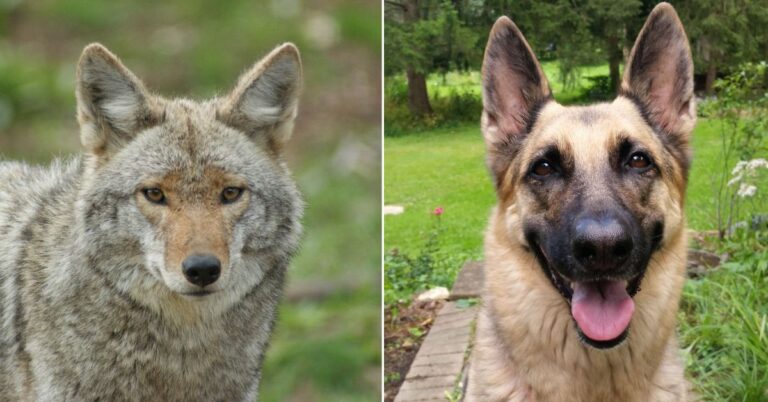Breaking Down 10 Of Australian Kelpie’s Most Defining Features

Few breeds work harder or think faster than the Australian Kelpie. Its movements are deliberate, and its instincts seem almost automatic. But those qualities didn’t appear overnight—they’re the result of generations bred for precision under pressure. Check out these 10 key traits that continue to shape how the Kelpie thrives.
They Were Bred To Think Without Commands
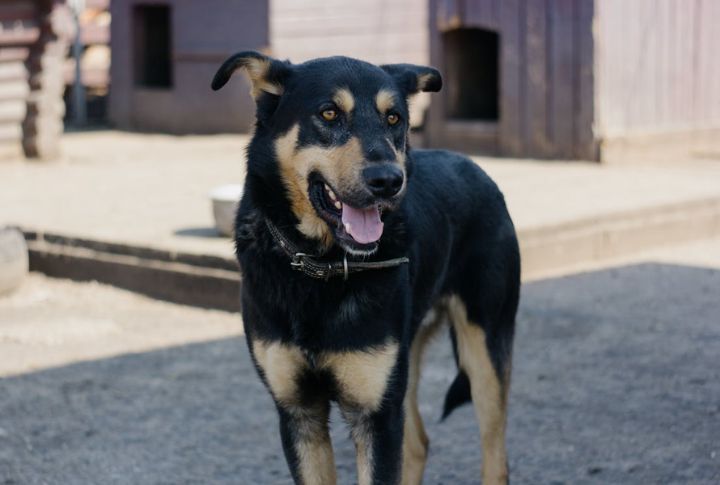
Australian Kelpies were never meant to wait for orders. Developed to manage vast herds across rugged terrain, they make quick decisions on their own. This self-direction means they excel in complex environments but also require owners who trust them and can oversee without micromanaging.
Their Herding Style Uses Distance, Not Contact
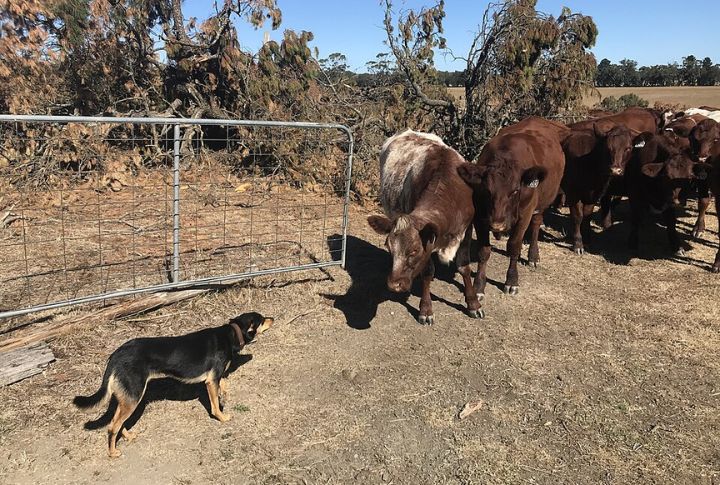
Rather than chasing or nipping at heels, Kelpies work by reading space. They shift their position to control a herd’s direction, using calm pressure to guide livestock. This non-confrontational style allows them to move large groups efficiently while minimizing stress on animals.
Eye Contact Is Their Main Herding Tool

The Kelpie’s intense, almost unblinking stare isn’t just focused—it’s strategy. They use “the eye” to influence animal movement, freezing livestock in place or steering them without touch. For owners, this trait is evident in alertness and a keen awareness of their surroundings.
Mental Fatigue Matters More Than Physical Tiredness
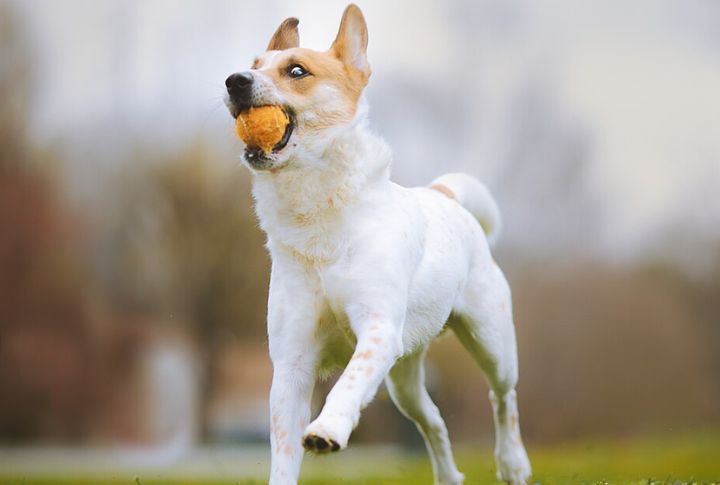
A long run won’t settle a Kelpie. These dogs crave mental challenges, such as puzzles or dynamic problem-solving tasks. Without enough stimulation, even a well-exercised Kelpie can become restless or disruptive. Their intelligence demands variety, not just motion, to stay balanced and content.
Their Double Coat Handles Heat And Cold Alike

Australian Kelpies have a weather-adaptive double coat consisting of a dense underlayer for insulation and a coarse outer coat that repels moisture and heat. This natural protection lets them work in extreme conditions year-round. Grooming is low-maintenance, but shedding can spike seasonally.
They Resist Repetitive Training Routines

Highly intelligent, Kelpies don’t respond well to drill-based training. If sessions feel repetitive, they disengage or improvise. They learn quickly, but they also need variation to stay motivated. Rotating tasks and introducing new challenges will help sustain their focus.
Ears Are Tuned For Long-Range Sound
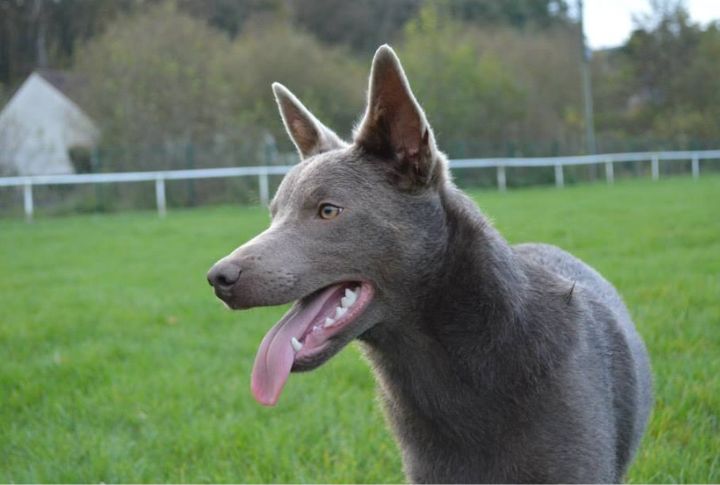
Kelpies have acute directional hearing shaped by generations of outdoor work. Their upright ears pick up distant movement and subtle shifts in tone, which is essential for herding across large spaces. Even at home, they stay alert to faint sounds others might miss.
They Stay Focused Under High-Stress Conditions
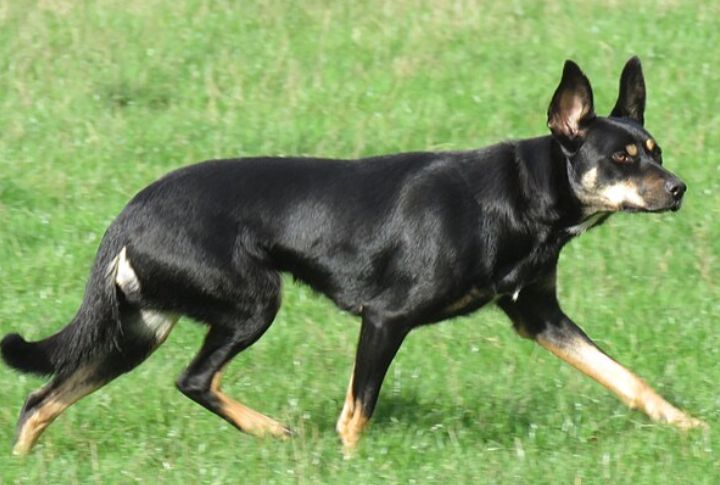
Chaos doesn’t throw a Kelpie off task. Whether managing frantic livestock or navigating noisy environments, they’re wired to stay composed and alert. This trait allows them to operate confidently in unpredictable settings, and it can sometimes cause them to overwork themselves without realizing it.
Urban Living Often Clashes With Their Needs

Kelpies weren’t bred for confinement. Small apartments and limited outdoor time can lead to frustration and destructive behavior. Even in cities, they need structured activity and space to release energy. Without such an environment, their sharp instincts have nowhere to go.
Attachment To One Primary Handler
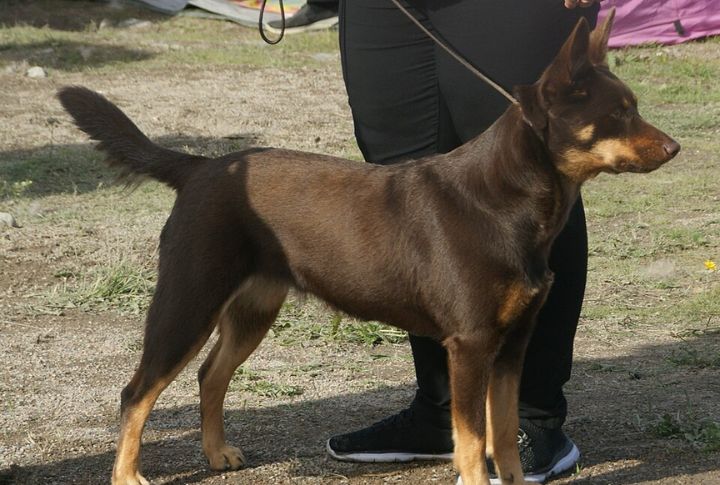
Though sociable, Kelpies often form a tight bond with one specific person. This attachment enhances their working responsiveness but can make transitions difficult. Consistency, trust, and clear leadership matter, especially for such a breed that reads human cues so closely.





